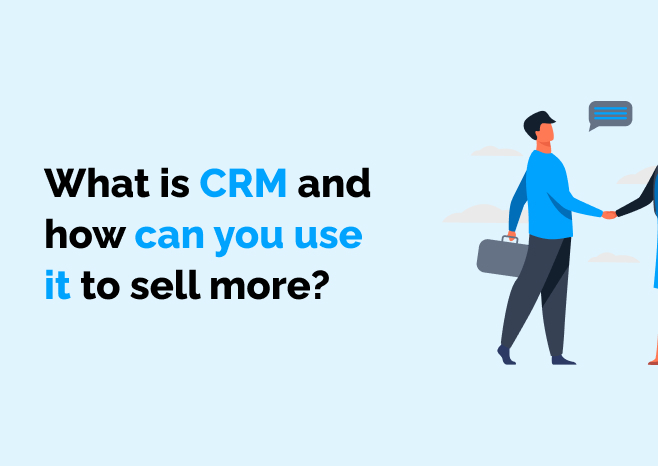Customer Lifetime Value (CLV) is a crucial metric for businesses aiming to understand the long-term value of their customers. By calculating CLV, companies can make informed decisions about customer acquisition, retention strategies, and overall business growth. This article will explore the definition of CLV, provide calculation examples, discuss its limitations, and offer tips to increase it.
What is Customer Lifetime Value (CLV)?
Customer Lifetime Value (CLV) is the total revenue a business can expect from a single customer account throughout the entire relationship. It helps businesses predict the future value of their customers and determine how much they can invest in acquiring and retaining them.
Key Components of CLV:
- Average Purchase Value: The average amount spent by a customer per purchase.
- Purchase Frequency: The average number of purchases made by a customer over a specific period.
- Customer Lifespan: The average duration a customer continues to purchase from the business.
How to Calculate CLV
There are several methods to calculate CLV, ranging from simple formulas to more complex models. Here are two common approaches:
- Simple CLV Formula:
- Formula: CLV = (Average Purchase Value) × (Purchase Frequency) × (Customer Lifespan)
- Example: If the average purchase value is $100, the purchase frequency is 5 times per year, and the customer lifespan is 3 years, the CLV would be:
- CLV = $100 × 5 × 3 = $1,500
- Detailed CLV Formula:
- Formula: CLV = (Customer Value) × (Average Customer Lifespan)
- Example: If the customer value (average purchase value × purchase frequency) is $500 per year and the average customer lifespan is 4 years, the CLV would be:
- CLV = $500 × 4 = $2,000[1]
Examples of CLV Calculation
Here are some detailed examples to illustrate how CLV can be calculated:
Example 1:
- Initial Assumptions:
- Acquisition cost per customer: $250
- Average customer revenue: $500 in year one, increasing by $50 per year
- Customer costs: 50% of revenue
- Retention rate: 75%
- Discount rate: 10%
- Calculation:
- Year 1: Revenue = $500, Costs = $250, Profit = $250
- Year 2: Revenue = $550, Costs = $275, Profit = $275
- Year 3: Revenue = $600, Costs = $300, Profit = $300
- Retention rate applied each year reduces the number of retained customers[2].
Example 2:
- Simple CLV Formula:
- Annual profit contribution per customer: $1,000
- Average number of years as a customer: 5 years
- Initial cost of customer acquisition: $2,000
- CLV = $1,000 × 5 – $2,000 = $3,000[3]
Limits of CLV
While CLV is a valuable metric, it has certain limitations:
- Predictive Nature: CLV is based on historical data and assumptions, which may not always accurately predict future behavior[4].
- Complexity: Calculating CLV can be complex, especially for businesses with diverse customer segments and varying purchase behaviors[1].
- Exclusion of External Factors: CLV calculations often exclude external factors such as market changes, economic conditions, and competitive actions[5].
Tips to Increase CLV
Increasing CLV involves strategies focused on enhancing customer retention, satisfaction, and engagement. Here are some effective tips:
- Improve the Onboarding Process:
- Ensure new customers have a smooth and positive onboarding experience. This helps build a strong foundation for long-term relationships[6].
- Provide Value-Packed Content:
- Create and share valuable content that keeps customers engaged and informed. This can include blog posts, videos, newsletters, and social media updates[6].
- Offer High-End Customer Service:
- Provide exceptional customer service to address issues promptly and effectively. Happy customers are more likely to stay loyal and make repeat purchases[7].
- Build Relationships:
- Foster strong relationships with customers through personalized interactions and regular communication. Use CRM tools to track and manage customer interactions[7].
- Listen to Your Customers:
- Collect actionable feedback from customers to understand their needs and pain points. Use this feedback to improve products and services[8].
- Detect Common Pain Points:
- Identify and address common pain points that customers face. Providing solutions to these issues can enhance customer satisfaction and retention[8].
- Offer Personalized Experiences:
- Tailor your marketing and sales efforts to provide personalized experiences for customers. Use data and analytics to understand customer preferences and behaviors[6].
- Share Your Product Roadmap:
- Keep customers informed about upcoming product features and improvements. This helps build anticipation and loyalty[6].
Conclusion
Customer Lifetime Value (CLV) is a critical metric for understanding the long-term value of your customers. By calculating CLV, businesses can make informed decisions about customer acquisition, retention strategies, and overall growth. Despite its limitations, CLV provides valuable insights that can drive strategic planning and optimization.
How TwiLead Platform Can Help:
TwiLead is an all-in-one sales and marketing automation platform designed to enhance your CLV calculation and optimization efforts. With TwiLead, you can:
- Automate CLV Calculation: Use TwiLead’s tools to calculate and track CLV accurately, ensuring you have the data needed for strategic decision-making.
- Personalize Content: Deliver personalized content at scale with TwiLead’s marketing automation features, ensuring that your messaging resonates with each customer.
- Enhance Customer Service: Provide exceptional customer service using TwiLead’s CRM and communication tools, improving customer satisfaction and retention.
- Track Performance: Monitor the success of your CLV optimization efforts with TwiLead’s comprehensive reporting and analytics tools.
- Optimize Campaigns: Use TwiLead’s advanced features to optimize your marketing campaigns based on CLV insights, driving higher engagement and conversion rates.
By leveraging TwiLead’s robust features, businesses can streamline their CLV calculation processes, save time, and drive more revenue. Whether you’re looking to calculate CLV, optimize customer retention, or enhance customer experiences, TwiLead provides the tools and support needed to succeed in today’s competitive market.
References
[1] How to calculate customer lifetime value (CLV) – Qualtrics XM
[2] Example of a Customer Lifetime Value Calculation
[3] Simple CLV Formula – Customer Lifetime Value
[4] Customer Lifetime Value (CLV): calculation, examples, limits and tips …
[5] Customer Lifetime Value (CLV) and How to Calculate it
[6] 16 Proven Tactics to Increase Your Customer Lifetime Value (CLV) – Retently
[7] 18 Tips for Increasing Your Customer Lifetime Value (CLTV)
[8] Customer Lifetime Value: Why It Matters And How To Increase It
[9] What is Customer Lifetime Value? [Formula & Examples] – Tidio



